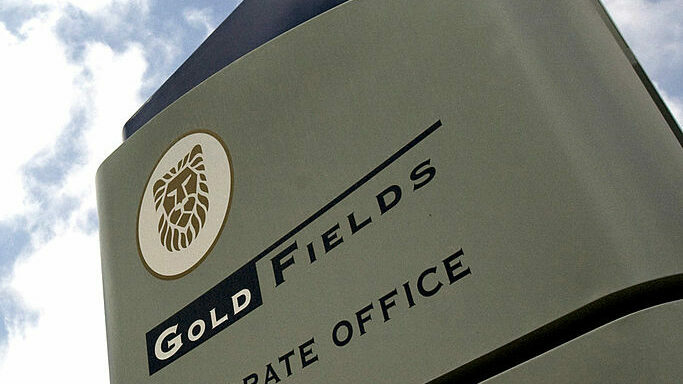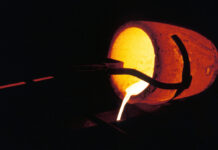
GOLD Fields is one of the companies criticised for overpaying for assets following its C$2.16bn Osisko Mining takeover last month.
Concluded at a 55% premium, the transaction drew the attention of Barrick Gold CEO, Mark Bristow. Famously reticent to commit to mergers & acquisitions, Bristow described Gold Fields’s deal as “concerning”.
“These are markers of exuberance in the market,” Bristow said, adding that he won’t pay any premiums for acquisitions.
“While consolidation is a good, healthy sign for the industry, you still have to see how the newly formed entity can execute,” said Wasif Latif, a portfolio manager at Sarmaya Partners. “History shows that, generally, mergers and acquisitions aren’t accretive over time,” he was quoted as saying in a report by Bloomberg.
Buying Osisko Mining increased Gold Fields’s stake in the Windfall project in Quebec from 50%, which was acquired in May 2023, to 100%. Despite this analysts asked whether Gold Fields might have chosen to reap the benefits of the higher gold price from existing assets instead, and do the transaction later.
“Investors will look at the fact that Gold Fields has given up a significant portion of the expected cash flows over the next 12 to 24 months while undertaking development and execution risk,” said BMO Capital Markets analyst Raj Ray. He acknowledged the potential of the Windfall project but said he was “a bit surprised” by its timing.
While the Gold Fields balance sheet was not at risk in doing the deal, it put pressure on Gold Fields to yet more urgently overcome technical challenges in ramping up its Salares Norte project in Chile, beset by delays over the past 12 months.
Gold Fields cut its full-year production forecast by as much as 220,000 ounces to between 2.2 million and 2.3 million ounces — about 10% — due largely to Salares Norte, where wintry conditions impeded the ramp-up of the mine. On August 23, the group reported a 20% drop in production to 918,000 oz of gold because of the delayed ramp-up at Salares Norte and production problems at South Deep.
“Windfall has all the hallmarks of a quality long-life asset, but the mine still needs to be funded and built,” said Arnold van Graan, an analyst for Nedbank Securities. “Buying a development-stage asset [for a junior miner] adds execution and funding risk,” he said.
The reality however is that Gold Fields’s hands were largely tied. Officially, the group commented: “The timing was a function of a process that was run by Osisko.”
But behind the scenes, Gold Fields was concerned an interloper could potentially have stolen in. This happened before to Gold Fields when two years ago its bid for Yamana Gold was foiled by a joint bid from two North American companies.
“We see significant value in owning Windfall, which will be a multidecade high-quality asset. In addition, there is value in being able to develop the asset as the full owner [in terms of the flexibility on how we approach its development and operation],” said Sven Lunsche, spokesman for Gold Fields.
Gold Fields CEO Mike Fraser said on August 12, when the purchase of Osisko was announced, that he was comfortable with the cost of the acquisition. “We see significant fundamental value and significant upside in this asset. On a 100% consolidated basis we are very comfortable with the price we paid for it.”
Fraser said in August that Osisko had been trading sideways for the past 12 months, not unusual for a single-asset development company. He added: “Windfall is among the largest gold deposits in Canada and a top 10 gold deposit globally by head grade. Windfall is expected to produce about 300,000 oz of gold at an all-in sustaining cost of $758/oz. This positions Windfall to be one of the lowest-cost mines in the Gold Fields portfolio, with a current projected mine life of 10 years.”
A version of this article first appeared in the Financial Mail.











